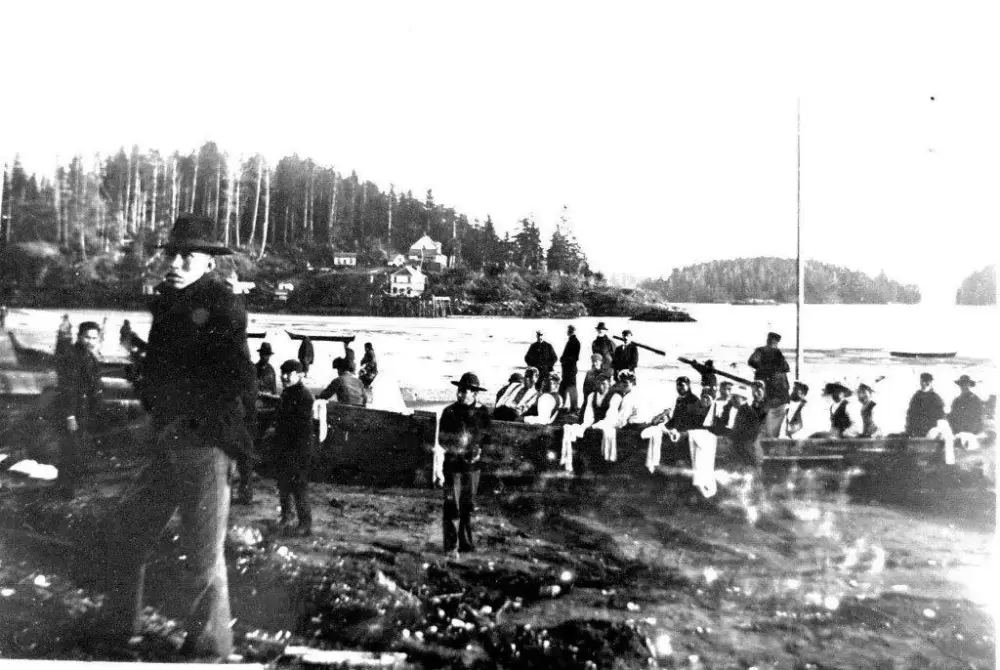Have you ever wondered who was living in your grandparent’s home back in the days when everyone still went by ‘Indian’ names? A Website called www.VIHistory.ca (Vancouver Island History) allows historians a peek into yesterday by making available online census records dating back to 1881.
Once you learn how to navigate around the Website you can look up things like the 18 Nuu-chah-nulth villages that spanned the west coast of Vancouver Island. Some of the individual nations merged with others, thus reducing the present day number of Nuu-chah-nulth Nations.
By entering search information like a village name or a family name, one may find a family home with a listing of all the occupants.
A search of Ahousaht, for example, shows the population for the village to be 261 in the year 1881. Today the population is about 1,000.
By looking further into Ahousaht, the researcher will find an alphabetical list of mostly Nuu-chah-nulth names of everyone living in the community. Each name is assigned a family number which doesn’t necessarily show a family unit, but shows everyone that was living in a particular house, including boarders.
In some cases information is provided as to who is the head of the house. It may also show how each house member is related to the head of the house.
The census record information will tell what the men did for a living, but says nothing about occupations for women. It shows most Nuu-chah-nulth men were canoe makers, sealers or hunters, according the census records. And most Nuu-chah-nulth-aht religions were listed as either Roman Catholic or Anglican/Church of England.
In some cases, for the older ones, their religion was listed as Pagan/native or simply ‘none given’.
The census database provides valuable information about Nuu-chah-nulth names and could show family connections to those aware of family history.
VIHistory was developed in 2003 by departments of Vancouver Island University and the University of Victoria. It is maintained in part by the Humanities Media and Computing Centre of UVic.
According to the developers, the website is a teaching, learning and research tool.
“It’s principally concerned with the history of Vancouver Island in British Columbia, but is also a vehicle for exploring broader themes in Canadian history during the 19th and early part of the 20th centuries,” says a developer.
VIHistory’s searchable database comprises more than 150,000 records, including nominal census records from 1871 to 1911.
In 1881 Dominion government Indian Agents began taking census in Vancouver Island First Nations communities. They endeavored to spell, as accurately as possible, the aboriginal names of the peoples living there. Mistakes were undoubtedly made, but the Nuu-chah-nulth-aht of today can annotate the entries and make corrections.
Many old terms are used in the records. For example, the geographical area of Nuu-chah-nulth territory on Vancouver Island is described as stretching from Pacheena in the south to Checklesaht in the north. Pacheena is now known as Pacheedaht (Port Renfrew) and Checklesaht has now merged with Kyuquot and is now known as Ka:’yu:’k’t’h’/Che:k’tles7et’h’.
The website also provides valuable links for first nations’ historians including online local newspapers dating back to 1858 and the online British Columbia Archives.







